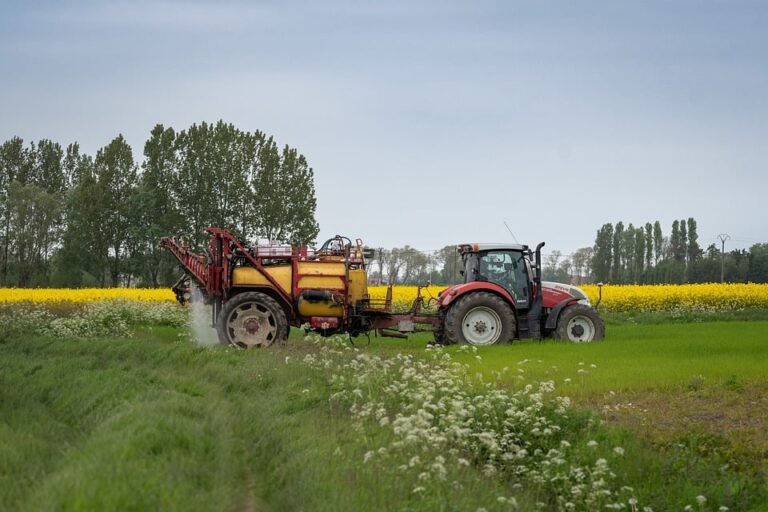Women’s Roles in 16th Century Russian Villages
The 16th century was a time of great change and upheaval in Russia, with the rise of the Tsardom of Russia and the expansion of its territory. In the villages of Russia during this time, women played a crucial role in maintaining the household, raising children, and contributing to the community in various ways.
Household and Family Responsibilities
Women in 16th century Russian villages were primarily responsible for taking care of the household and the family. This included cooking, cleaning, and looking after the children. Women were also expected to manage the finances of the household, making sure that there was enough food and supplies to last through the harsh Russian winters.
Women in Russian villages were often in charge of making traditional Russian dishes such as borscht, blini, and pelmeni. They also brewed homemade vodka and made preserves to
ensure that their families had enough food to survive during the long winter months.
In addition to their household duties, women in 16th century Russian villages were also responsible for raising and educating their children. They taught their children how to read and write, as well as important survival skills such as hunting, fishing, and farming. Women also passed down traditional Russian folklore and songs to their children, ensuring that the culture and traditions of the village were preserved for future generations.
Community Involvement
Women in 16th century Russian villages were not just confined to the household – they also played an important role in the community. Women often worked together to help each other with chores such as washing clothes, spinning thread, and gathering firewood. They also attended church events and festivals together, where they would socialize and exchange news and gossip.
Women in Russian villages were also skilled in traditional crafts such as embroidery, weaving, and making pottery. These crafts were important sources of income for many families, as women would sell their goods at local markets or to traveling merchants. Women also helped to support their families by working in the fields alongside their husbands, planting and harvesting crops.
Some women in 16th century Russian villages even served as midwives, helping other women give birth and caring for newborns. Midwifery was a respected profession in Russian villages, and midwives were often sought after for their skills and knowledge of herbal remedies and traditional birthing practices.
Challenges and Restrictions
Despite their important contributions to the household and the community, women in 16th century Russian villages faced many challenges and restrictions. Women were often viewed as inferior to men and were expected to
obey their husbands and fathers without question. Women had little say in matters of politics or religion, and were not allowed to own property or attend school.
Women in Russian villages were also subject to strict social norms and expectations. They were expected to be modest and virtuous, and were often punished for behavior that was deemed inappropriate or scandalous. Women who
disobeyed these rules could be publicly shamed or even exiled from the village.
Despite these challenges, women in 16th century Russian villages were resilient and resourceful. They found ways to support themselves and their families, and worked together to overcome the obstacles that they faced. Women in Russian villages played a crucial role in the daily life of the community, and their contributions were essential to the survival and prosperity of the village.
Conclusion
Women in 16th century Russian villages played a vital role in maintaining the household, raising children, and contributing to the community in various ways. Despite facing many challenges and restrictions, women in Russian villages were resourceful and resilient, finding ways to support themselves and their families. Women in Russian villages were skilled in traditional crafts and played important roles in the economy of the village. They also worked together to help each other with chores and to celebrate their cultural
traditions. Women in 16th century Russian villages were truly the backbone of the community, and their contributions were essential to the survival and prosperity of the village.





